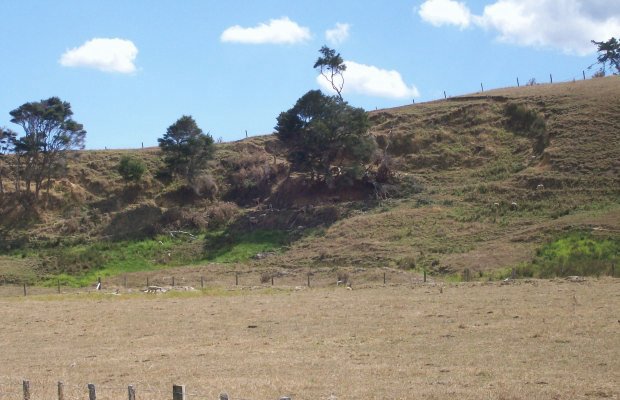Now is the time to plan and prepare for potential consequences from the El Niño weather system affecting the New Zealand climate, Auckland and Waikato farming leaders say.
The Waikato and South Auckland Primary Industries Adverse Event Cluster met in late October.
Waikato Rural Support Trust chair Neil Bateup said it is important to plan ahead for what El Niño may mean for livestock, feed supply and farms, and for farmers to wrap a support team of rural professionals around them.
“Our farmers and growers may face compounding issues because of the lingering impacts of the difficult wet weather events since winter 2022, low commodity prices, high on-farm inflation and high interest rates,” he said.
Waikato Federated Farmers president Keith Holmes said farmers and growers should plan ahead early as economic factors may mean that some will not be able to buy their way out of feed shortfalls.
“Consider crops, silage or maize contracts now before the dry weather settles in.”
In September, NIWA declared that El Niño conditions are present in NZ and predicted they will remain throughout the summer, with a 75% chance they will persist through autumn 2024.
For the Waikato and South Auckland regions, temperatures are equally likely to be near average or above average (40% chance each) and rainfall totals are most likely to be below normal (50% chance).
There is also likelihood of an increased frequency of high-pressure systems near the region that will likely lead to longer dry spells. Soil moisture levels are most likely to be below normal.
River flows are about equally likely to be below normal (45% chance) or near normal (40% chance).
Auckland Federated Farmers president Alan Cole said that over the coming season, livestock farmers will need to keep in touch with their processors to ensure animals meet requirements and processing availability.
Bateup said the new Drought Forecasting Dashboard developed by NIWA and the Ministry for Primary Industries (MPI) provides a better forewarning on what the next 35 days will look like.
This gives an opportunity to develop a plan, including decision points, and allow farmers to remain in control of their farming operation whichever way the weather goes.
There are also useful tools to help prepare early for a prolonged summer dry period on the websites of levy-paying organisations DairyNZ and Beef + Lamb NZ (BLNZ).
Pukekohe Vegetable Growers Association’s Mike Parker said there is also a lot of advice on IrrigationNZ’s website for those farmers who irrigate.
“Additionally, El Niño conditions will favour shorter fall armyworm generation times, so growers need to be vigilant and get good pest identification. Sparta is now registered for fall armyworm control (including aerial application) and will not harm most beneficial predators, so talk to your agronomist.”
Bateup said the Rural Support Trust has been actively planning with cluster members, which include the MPI, Federated Farmers, DairyNZ, BLNZ, Rural WomenNZ, Waikato Civil Defence Group, Auckland Emergency Management, the Ministry for Social Development and others.
“There is no need to feel alone as there is always someone who you can talk to and there are ways to work through it.”
Services are confidential and the RST will only reach out to its network for support with permission. RST can be contacted on 0800 787 254 (0800 Rural Help) or www.rural-support.org.nz
In Focus: Setting up your farm to weather El Niño
Forward planning is more essential than ever right now as we face reduced farm budgets and an El Niño summer ahead.
In the latest Farmers Weekly In Focus partner episode, Bryan Gibson chats to Aaron Stafford, Ballance national corporate account manager, to find out what farmers can do to be El Niño-ready.










